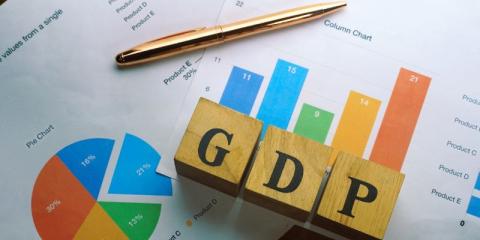The collapse of the Soviet Union in 1991 marked the beginning of a new era for the countries of the former Soviet Union. With the fall of the Soviet regime, many of these countries were left to fend for themselves, struggling to build new economies and establish new political systems.
Today, the former Soviet Union countries are still grappling with the legacy of the Soviet era, and economic development remains a major challenge.
In this article, we will take a look at the GDP per capita of the former Soviet Union countries in 2013 and analyze the factors that have contributed to their economic development.
Disclaimer: The Baltic States (Estonia, Latvia, and Lithuania) have been excluded from this list due to their historical and political circumstances. While these countries were part of the Soviet Union, they do not consider themselves as part of the "former Soviet Union countries" and have since made significant progress in developing their own unique identities and economies.
GDP per capita is a measure of the economic output of a country divided by the number of people living in that country. It is a commonly used indicator of the standard of living in a country.
In 2013, the average GDP per capita of the former Soviet Union countries was around $8,000, which is significantly lower than the average for the European Union countries.
The country with the highest GDP per capita in 2013 among the former Soviet Union countries was Russia, with a figure of $15,147. Russia is the largest country in the former Soviet Union and has a relatively diversified economy, with significant natural resources and a well-developed manufacturing sector.
However, the Russian economy has been heavily dependent on oil and gas exports, which has made it vulnerable to fluctuations in global commodity prices.
The second-highest GDP per capita among the former Soviet Union countries in 2013 was recorded in Kazakhstan, with a figure of $13,260. Kazakhstan is an oil-rich country with a relatively well-developed manufacturing sector. It has also been implementing a series of economic reforms aimed at attracting foreign investment and promoting economic growth.
The third-highest GDP per capita among the former Soviet Union countries in 2013 was recorded in Azerbaijan, with a figure of $7,494. Azerbaijan is a major oil producer, but it has also been investing in non-oil sectors such as tourism and agriculture.
Other former Soviet Union countries, such as Armenia, Belarus, Georgia, Moldova, and Ukraine, had significantly lower GDP per capita figures in 2013. These countries have struggled with a range of economic and political challenges, including corruption, poor governance, and low levels of foreign investment.
In recent years, some former Soviet Union countries, such as Georgia and Armenia, have made significant strides in economic development. They have implemented reforms aimed at promoting economic growth, attracting foreign investment, and improving the business environment. As a result, their GDP per capita figures have increased in recent years.
In conclusion, the former Soviet Union countries have made significant progress in economic development since the collapse of the Soviet Union, but there is still a long way to go. The countries with the highest GDP per capita in 2013 were Russia, Kazakhstan, and Azerbaijan, with the other countries lagging significantly behind. However, many of these countries have been implementing economic reforms aimed at promoting growth and attracting foreign investment.
As a result, we can expect to see further progress in the coming years, and companies operating in the region should be paying close attention to these developments.
